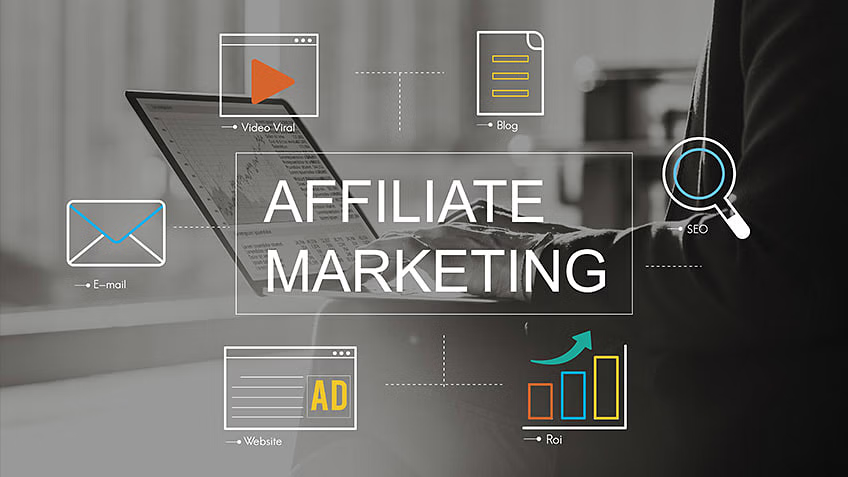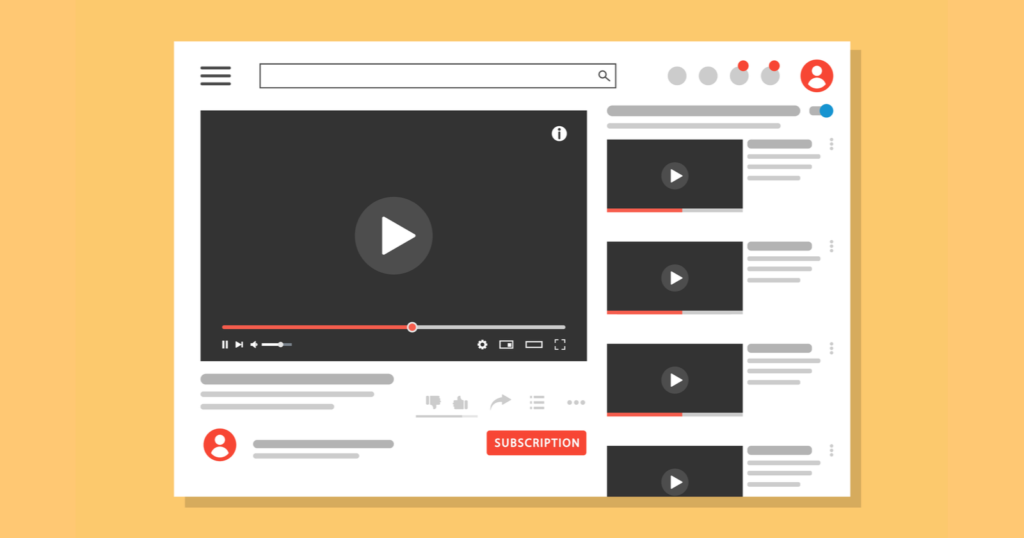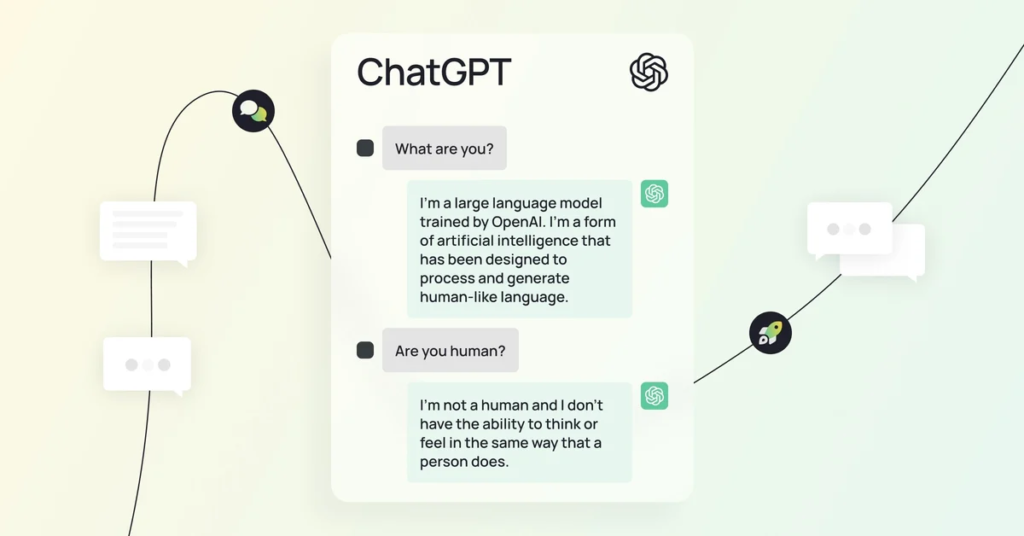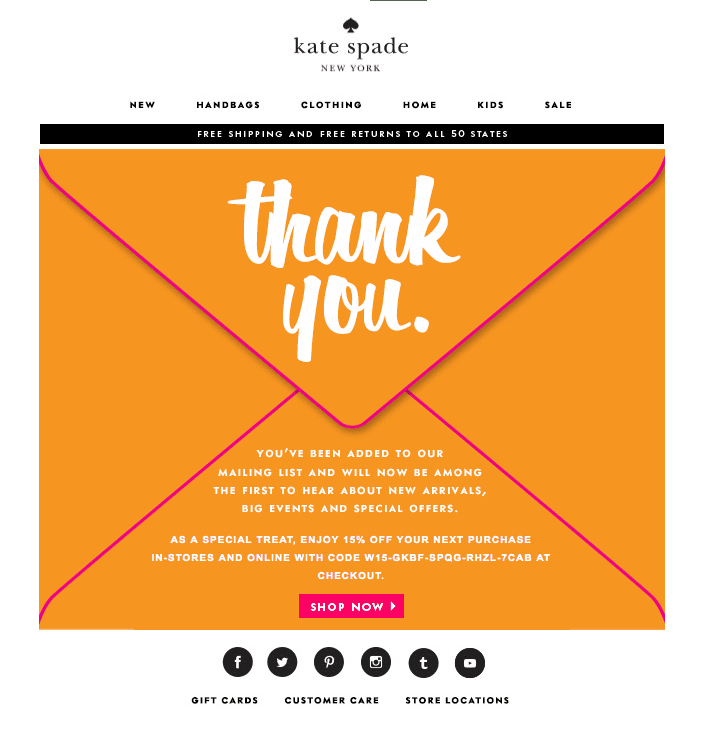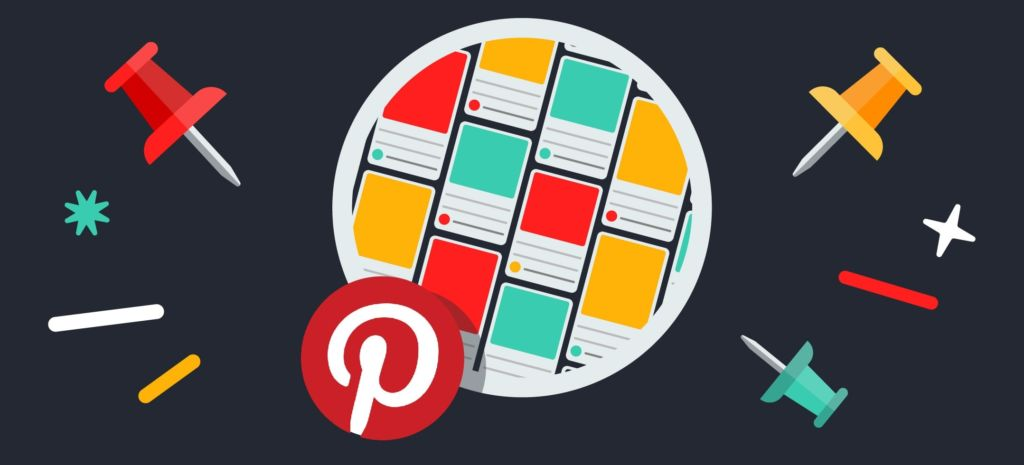7 Ways to build a High Converting landing page to get more sales in 2024.
Introduction The world of online shopping is always shifting, and having a good website is no longer enough. Imagine your website as a shop, and the landing page is like the front door. It’s the first thing people see, and if it’s inviting and helpful, they’re more likely to come in and buy something. A. How Online Sales Are Changing in 2024 The way people buy things online is always evolving, especially in 2024. It’s not just about having a nice website; it’s about making sure that when people visit, they have a good experience. In this fast-paced digital era, having a high-converting landing page in 2024 is crucial for turning visitors into customers. B. Why Landing Pages Are Super Important for Conversions Enter the landing page. This is the special page on your website designed to guide people into making a purchase. It’s like a friendly guide leading visitors through the store, showing them the best stuff, and making them feel comfortable enough to buy something. Having a high-converting landing page in 2024 means ensuring that your page is not just a digital storefront but a strategic tool for boosting sales. Your landing page is the first impression you give to potential customers. It’s not just about looking good; it’s about being smart and making sure your visitors become loyal customers. C. Exciting Strategies for Boosting Conversions in 2024 Now, as we step into 2024, we’re about to explore some really cool and easy tricks to make your landing page work even better. We’ll share seven simple ways to make your page not just interesting but also highly effective in turning curious visitors into happy customers. We’ll talk about catchy headlines, using customer stories, and other neat ideas to ensure your landing page is a high-converting one in 2024. It’s not about being fancy; it’s about knowing what your visitors want, saying the right things, and using some cool tricks. Our goal is to help you make landing pages that really work in 2024 and make your online shop stand out in the world of high-converting landing pages. So, get ready as we go on an adventure to make your landing page awesome for boosting sales in 2024. Understanding Your Target Audience If you’re aiming to create high-converting landing pages in 2024, the starting line is getting to know the folks you want to turn into customers. Let’s break it down into simple steps. A. Creating Buyer Personas Imagine crafting a detailed picture of your perfect customer – that’s making a buyer persona. It’s like putting together info on age, job, and the issues they want solutions for. If your thing is in the tech world, think about someone who loves the latest gadgets. This helps you make content that fits your audience perfectly, especially for those looking for high-converting landing pages in 2024. B. Conducting Market Research Think of market research as your roadmap to creating a landing page that really clicks. See what others in your field are up to, catch the trends, and know what’s happening in your industry in 2024. Check out reviews, read reports, and keep tabs on social media. This gives you the scoop on what your audience wants right now in terms of high-converting landing pages in 2024. C. Tailoring Landing Pages to Specific Segments Now, use what you’ve learned to shape your landing pages. If your business serves different kinds of customers, make landing pages just for them. For example, if your product suits both budget-minded buyers and those aiming for top-notch quality, create separate pages for each. Make sure each page talks directly to that group, especially if they’re on the lookout for high-converting landing pages in 2024. If your ideal customer is a young professional who wants things quick and easy, make sure your landing page shouts about how your product is a time-saver and looks amazing – the kind of high-converting landing page they’re searching for in 2024. Understanding your audience means more than just knowing basic info about them; it’s about getting what they dream about and what bugs them. Nail this, and your landing pages won’t just grab attention – they’ll transform curious visitors into happy customers, boosting your sales in 2024 and beyond with those sought-after high-converting landing pages. Clear and Compelling Headlines A. Why Headlines Matter for Your High-Converting Landing Page in 2024 Imagine your landing page as a virtual storefront. The headline is like a welcoming sign that grabs attention and gets people interested. Here’s why headlines are crucial for building high-converting landing pages in 2024: 1. First Impressions Stick: Your headline is the first thing visitors see. It’s like saying “hello.” If it’s interesting, they’ll want to stick around. Example: “Hello to 10x Sales: Unlock the Secrets Now!” 2. Quick Attention-Grabber: People online have short attention spans. A good headline is like a friendly tap on the shoulder, saying, “Hey, look at this!” Example: “Attention Business Owners: Skyrocket Your Conversions Today!” 3. Tells Them What’s Inside: Your headline is a sneak peek into what your page offers. It should shout, “This is what you’ve been looking for!” Example: “Discover the Ultimate 2024 Guide to High Converting Landing Pages.“ B. Tips for Making Headlines That Work Crafting a great headline is simpler than it sounds. Here are some tips to make sure your headlines stand out and attract clicks for your high-converting landing page in 2024: 1. Be Clear, Not Clever: Don’t make it a puzzle. Make sure your headline says exactly what you mean. Example: “Transform Your Sales with Our Proven 2024 Strategies.” 2. Use Exciting Words: Words like “exclusive,” “discover,” or “proven” catch the eye. Example: “Exclusive Insights: Discover the Secrets to High Converting Pages in 2024- 3. Keep it Short and Sweet: Short headlines are like a good joke-they’re easy to remember. Aim for 5 to 10 words. Example: “Boost Sales Now: Expert Tips for 2024.” 4. Solve Their Problems: If your product solves a problem, say it in
7 Ways to build a High Converting landing page to get more sales in 2024. Read More »



